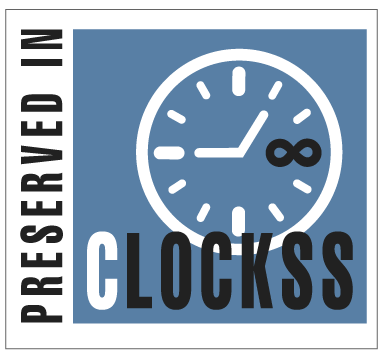Abstract
A cost-effective and efficient detector was created to conduct thorough turbidimetric measurements by reaction of Co (II) ion with calcium ferro cyanide to form bright green particulate, using the method of continuous flow injection analysis, the use of NAG-5SX1-1D-SSP Analyzer in determining cobalt (II) ion in a test for the validity of the new design. The NAG-5SX1-1D-SSP Analyzer is composed of five irradiation sources of white snow leds having the diameter of 10 mm with one solar cell of 55 mm length, 13.5 mm width. Using a selector switch to select the optimum voltage to be used which was 2.7 VDC. Under conditions of optimization, cobalt (II) ion was determined at 0.005–20 mmol. L–1(n = 23) while linearity dynamic range 0.005–7 mmol. L–1 (n = 20) at r = 0.9981(correlation coefficient), R2% = 99.61%. The application of Co (II) ion in alloys of 94.83–103.37%, the analytical system presents a L.O.D at 7.543 ng/Sample and a L.O.Q at 14.708 μg/Sample with RSD% < 0.21% for 3 and 6.5 mmol. L–1 [Co (II) ion]. To enhance the assessment of the recently suggested approach, an analysis was carried out by combining the standard addition technique with a classical method. In general, the established flow injection procedure provides ease, precision, and consistent analytical efficacy in determining Cobalt (II) ions, indicating its potential utility for the analysis and evaluation of various important ions and pharmaceutical drugs.
Keywords
Calcium ferro cyanide (II), Cobalt (II) ion, Continuous flow injection analysis, NAG-5SX1-1D-SSP Analyzer, Turbidity
Subject Area
Chemistry
Article Type
Article
First Page
3239
Last Page
3251
Creative Commons License

This work is licensed under a Creative Commons Attribution 4.0 International License.
How to Cite this Article
Athab, Murtadha Hadi and AL-Awadi, Nagham Shakir
(2025)
"Continuous Flow Injection-Turbidimetric Analysis for Determination of Cobalt (II) Ion in Alloys Using a Microcell with Irradiation Sources at 0–180° Using a Single Solar Cell as a Detector,"
Baghdad Science Journal: Vol. 22:
Iss.
10, Article 4.
DOI: https://doi.org/10.21123/2411-7986.5076








